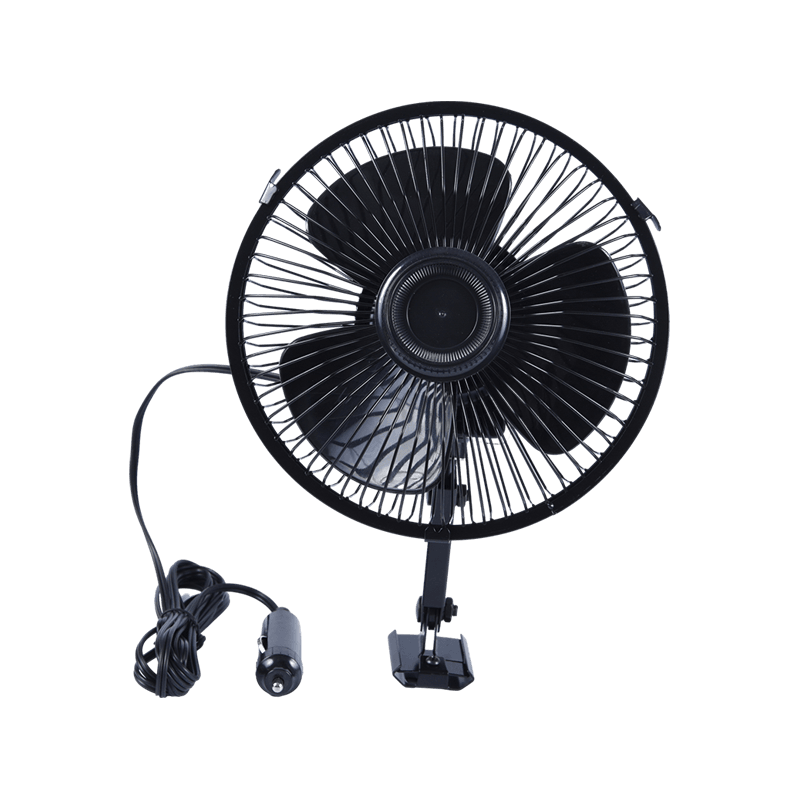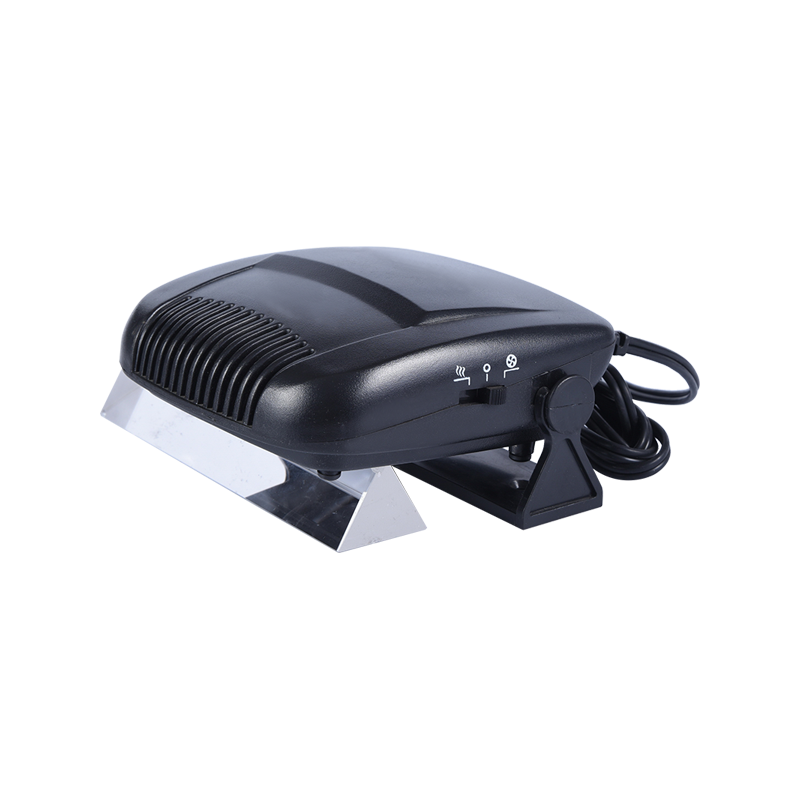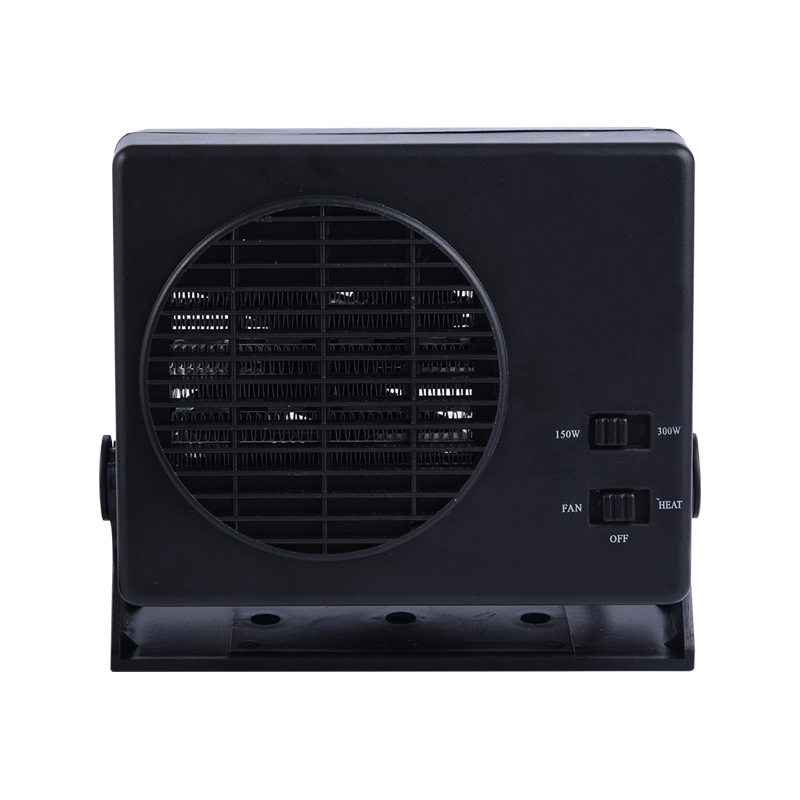On a cold winter morning, you sit in a cold car and turn on the heater button with great expectation, but you are greeted by a piercing cold wind. This is undoubtedly one of the most frustrating experiences of winter driving. Why does the car's heating system "strike" and blow cold air when you need it most? This is not an isolated phenomenon. There are often several key reasons behind it. Understanding them can help you solve the problem faster.
Core principle: heat comes from the engine
The car heater is not an independent heating system like a home air conditioner. Its working principle is relatively simple: the waste heat generated by the engine is absorbed by the coolant, and the hot coolant flows through a small heat exchanger in the car called the Heater Core. When you turn on the heater, the blower blows air through the boiling heating water tank and the hot air enters the car. Therefore, any link that hinders this heat transfer process may cause the heater to fail.
Common fault point analysis:
Coolant problem: the source of heat is exhausted or blocked
Low level/leakage: This is one of the most common reasons. If there is a leak in the cooling system (such as aging and cracking of the water pipe, damage to the water tank, failure of the water pump seal, etc.), resulting in insufficient coolant, the amount of liquid flowing through the heating water tank is reduced or even completely interrupted, and naturally it cannot provide enough heat. Solution: Check the liquid level of the coolant storage tank (need to be done when the car is cold), find the leak point and repair it, refill the coolant that meets the specifications and completely empty the system air.
Air entrapment: After the cooling system is repaired or leaked, if the air is not completely exhausted, it will form an "air blockage". Air is trapped in the heating water tank or related pipes, hindering the circulation of hot coolant. Solution: It is necessary to perform the "air exhaust" operation of the cooling system, which usually requires following specific procedures or using professional equipment.
Thermostat failure: coolant temperature regulation failure
The thermostat is like an "automatic valve" of the engine cooling system. It is responsible for closing the large circulation during cold start to allow the engine to heat up quickly, and then opening the large circulation to dissipate heat after reaching the operating temperature. If the thermostat is stuck in the normally open position, the engine will not be able to reach the normal operating temperature (usually the water temperature gauge on the dashboard will show a low temperature), and the coolant temperature flowing through the heating water tank will naturally not be hot enough. Solution: After the thermostat is diagnosed and confirmed to be faulty, it needs to be replaced.
Heating water tank is blocked: the heat exchange channel is interrupted
The interior of the heating water tank is composed of small pipes. Long-term use of inferior coolant, failure to replace the coolant according to regulations, resulting in rust and scale accumulation, or internal pollution of the cooling system, can all block these small pipes. The coolant cannot flow through the blocked heating water tank, and the heat cannot be transferred to the air. Solution: Try to reverse flush the heating water tank. If it does not work, replace it. At the same time, thoroughly clean the cooling system and replace new coolant.
Mixing damper failure: hot and cold air "mixing control" fails
The temperature adjustment knob/button of the heater control panel actually controls a damper (mixing damper). It is responsible for adjusting the proportion of air flowing to the heating water tank (heat source) and bypassing the heating water tank (cold source). If the cable controlling this damper falls off, the motor is damaged (common in automatic air conditioning systems), or the damper itself is stuck/damaged, it may become stuck in the "cold air" position and not direct air to the hot heating tank. In this case, even if the heating tank itself is hot, the air will still be cold. Solution: Check the control mechanism (cables, connecting rods, actuator motor), repair or replace damaged parts.
Other potential causes:
Blower failure: Although rare, if the blower is not working at all, there will be no airflow even if the heating tank is hot (usually no cold air in this case). More often, the blower makes abnormal noises or has low air flow.
Heater water valve failure (some models): Some vehicles have a vacuum or motor-controlled valve in the heating tank water inlet line to completely cut off the flow of hot coolant to the heating tank (usually when using air conditioning in the summer). If this valve fails to open, the coolant cannot enter the heating tank. Many modern vehicles have eliminated this valve.
Professional advice: safe diagnosis and repair
Checking the coolant is the first step: Check the liquid level and any obvious signs of leakage when the car is cold. Never open the radiator cap when the car is hot to avoid severe burns caused by high-temperature steam spraying out!
Pay attention to the water temperature on the dashboard: If the water temperature gauge still shows a low temperature (much lower than the normal center line position) after the vehicle has been running for a period of time, the thermostat is likely to be faulty.
Feel the temperature of the heating water tank: After the engine reaches normal operating temperature and the maximum air volume of the heater is turned on for a few minutes, carefully touch the inlet and outlet pipes of the heating water tank (usually through the firewall to the engine compartment). Under normal circumstances, both pipes should be warm or even hot. If both are cold, the coolant is not flowing here (insufficient coolant, blockage, thermostat problem or valve closed); if the inlet pipe is hot and the outlet pipe is cold, the heating water tank is likely to be blocked.
Seek professional help: The car heating system involves the cooling system, air conditioning/ventilation system, and a complex control module (automatic air conditioning). Self-diagnosis and treatment have certain risks (such as coolant leakage, burns, and incorrect operation leading to greater failure). For situations that cannot be clearly judged or require disassembly and repair (such as replacing the heating water tank, diagnosing the mixing damper motor or control module), it is strongly recommended to send the vehicle to a professional repair shop or 4S shop for accurate diagnosis and reliable repair. The repair technician has special diagnostic equipment, technical information and experience to solve the problem more efficiently and safely.
Regular maintenance is the key to prevention
Prevention is better than cure. Regularly checking the coolant level and status in strict accordance with the manufacturer's manual requirements and replacing the coolant at the prescribed cycle are the most effective measures to prevent heating failure due to lack of coolant, system corrosion and scale blockage. At the same time, timely repair of known minor leaks in the engine cooling system can also prevent the problem from worsening.


 English
English Português
Português عربى
عربى 中文简体
中文简体











